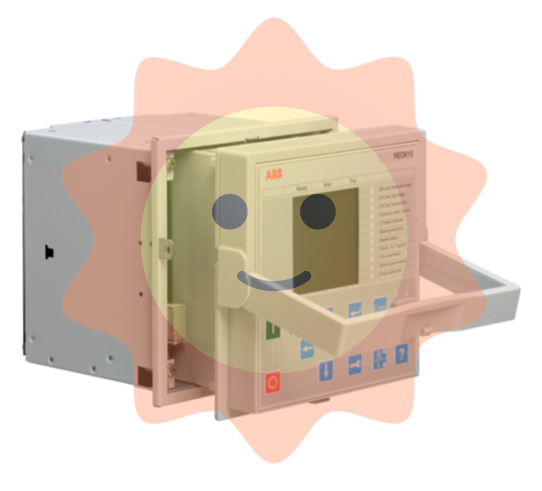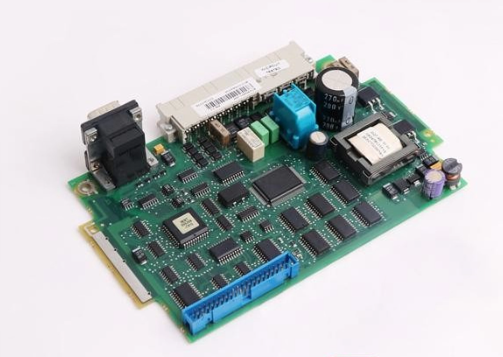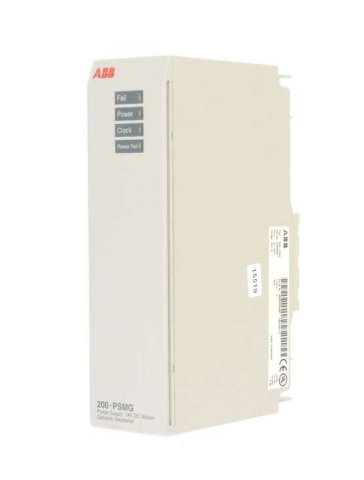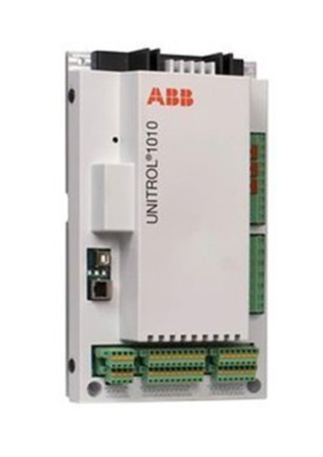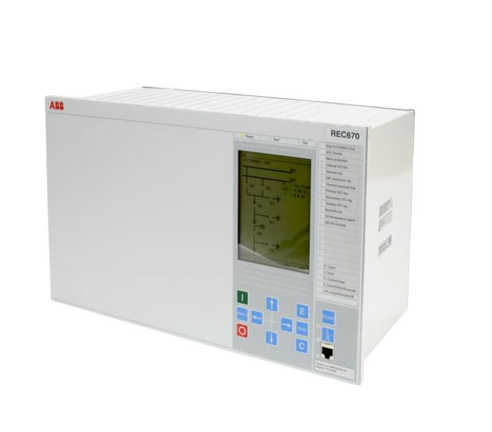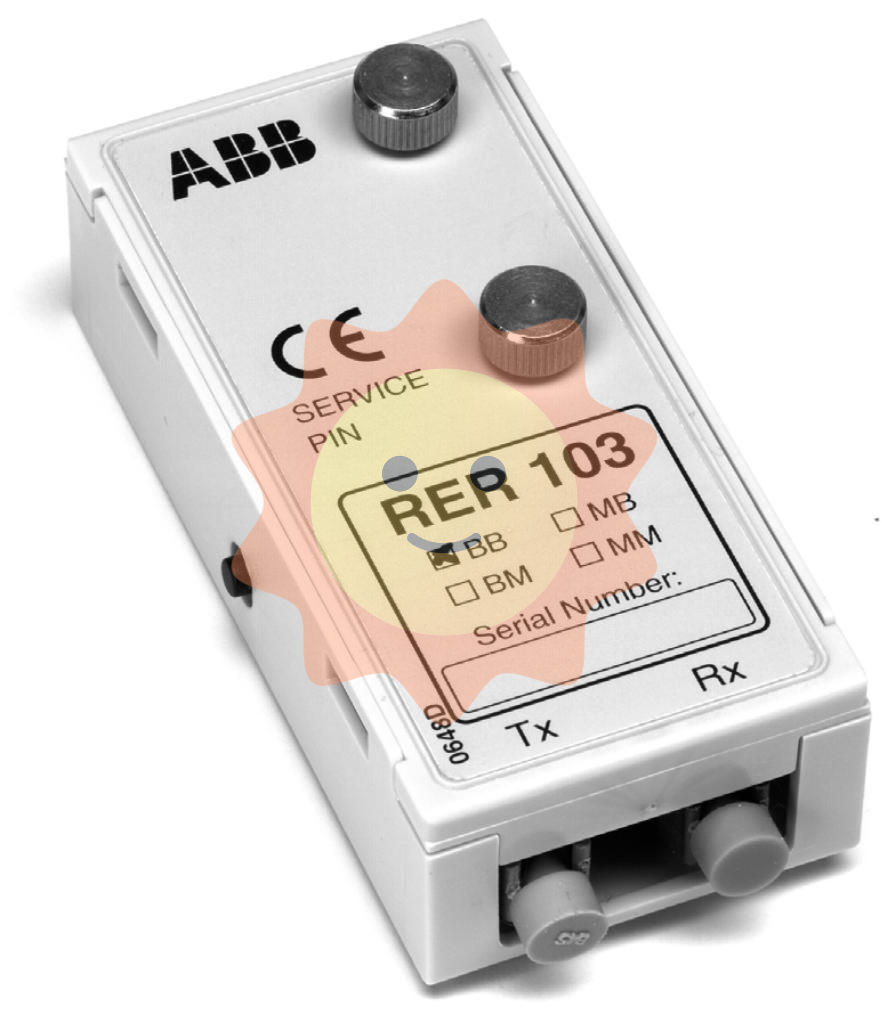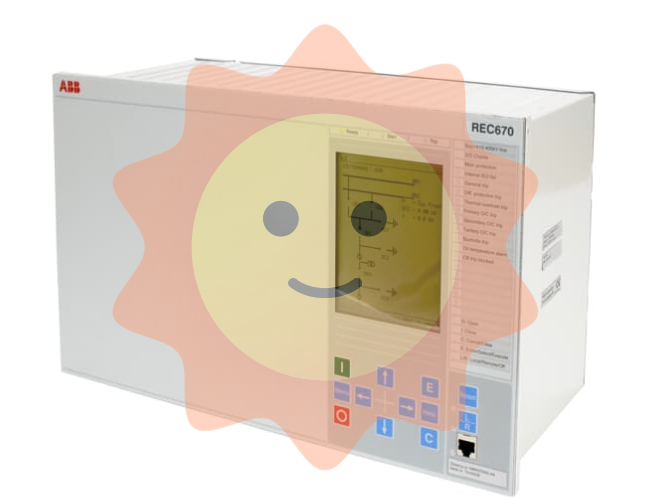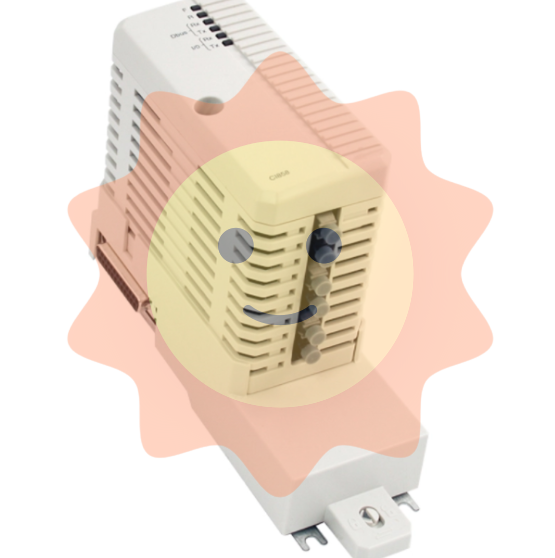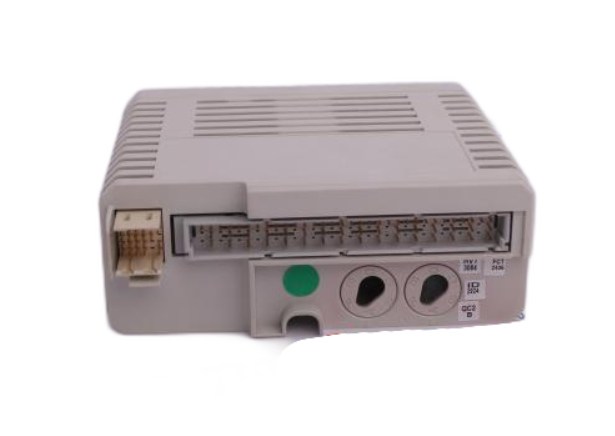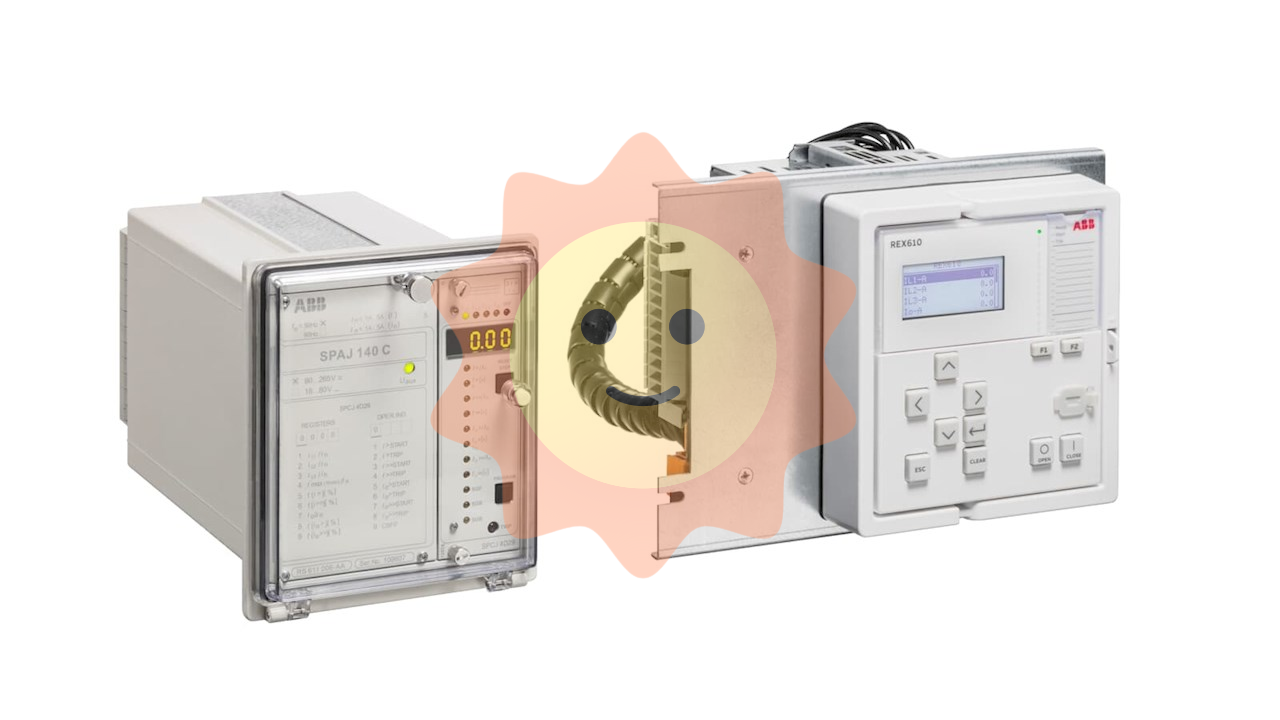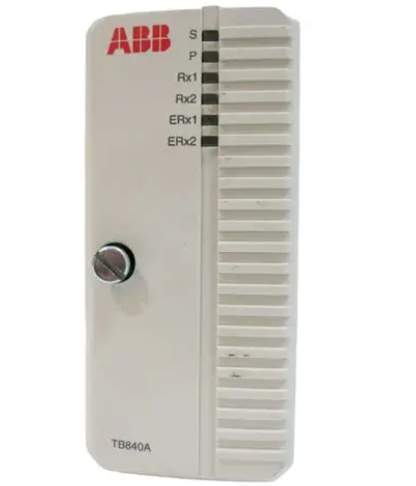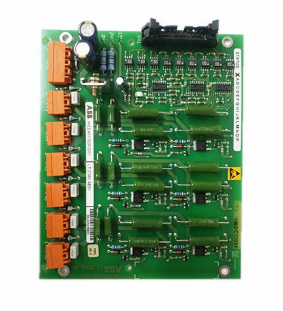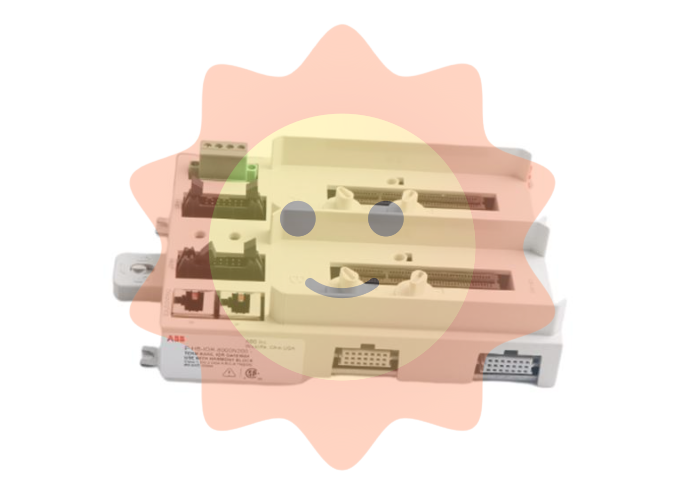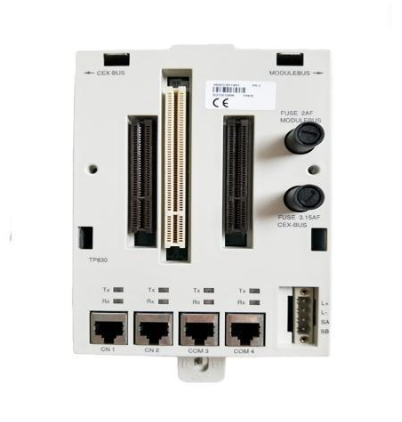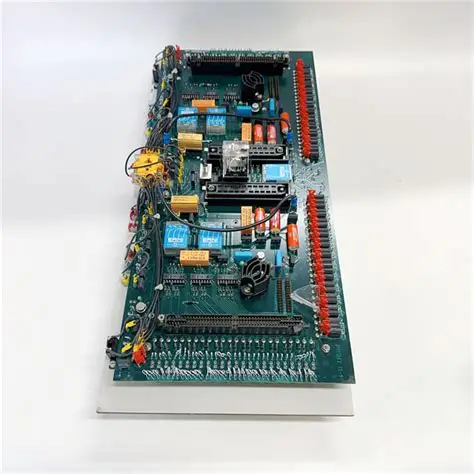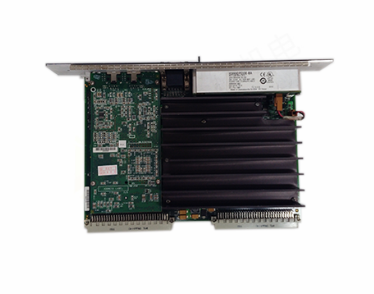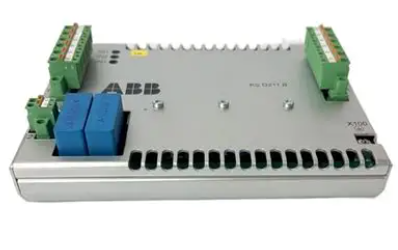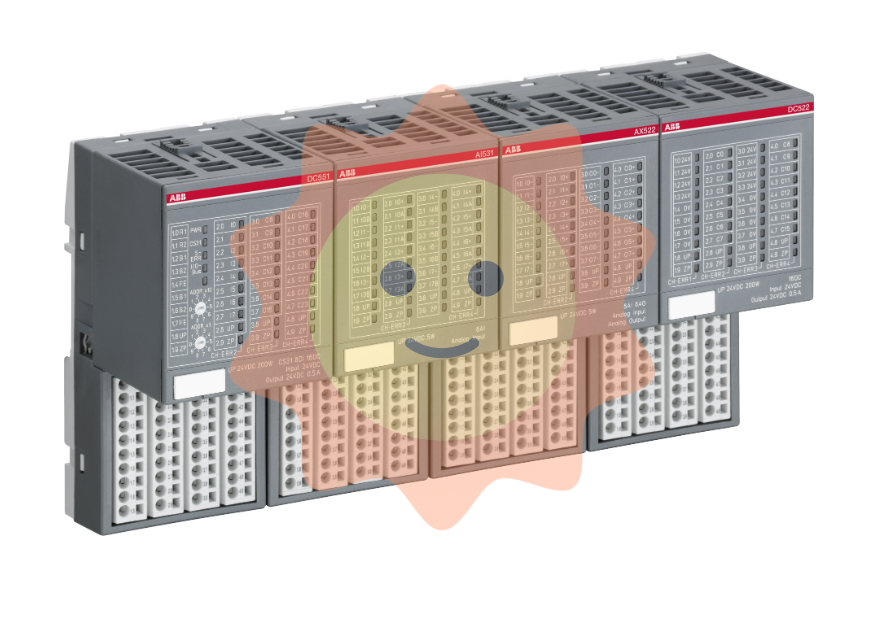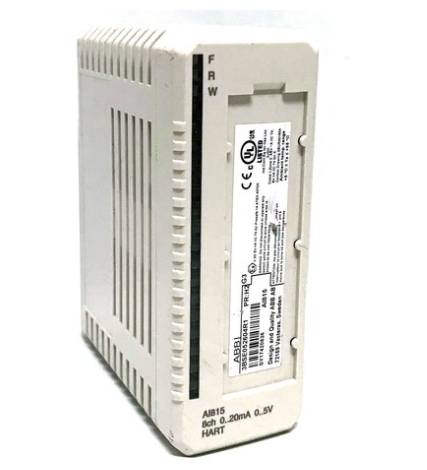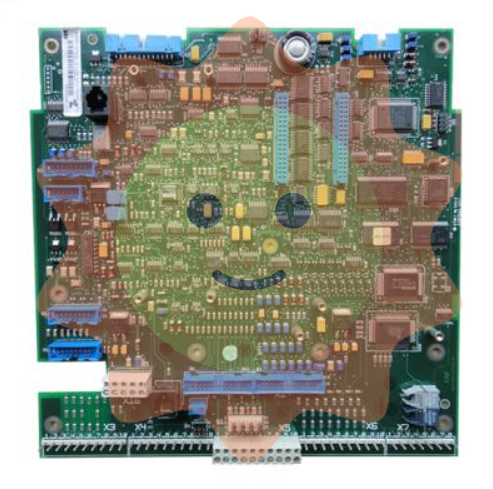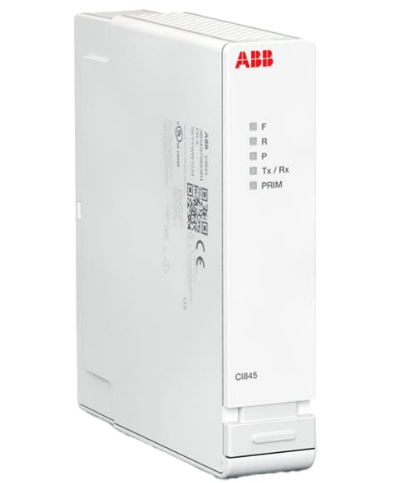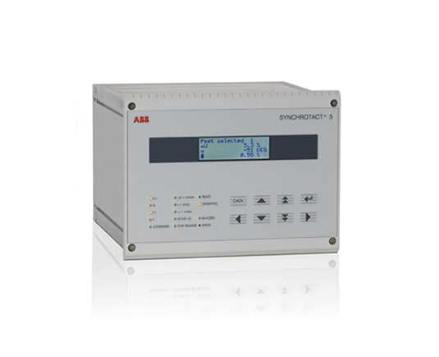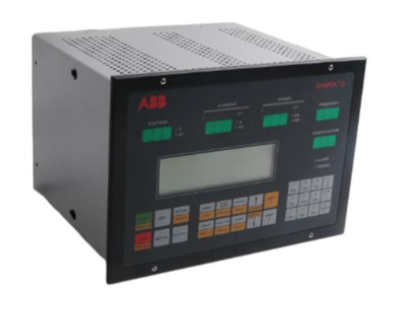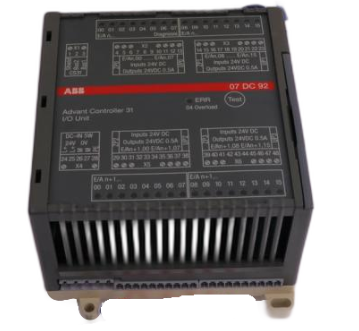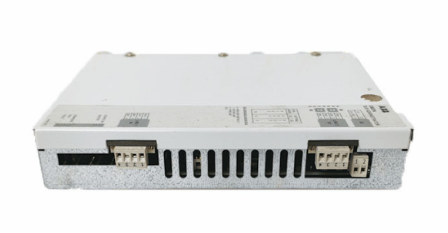ABB YB560100-EA S3 Industrial Control Module
Key advantages
(1) High reliability and stability
Adopting high-quality electronic components and advanced manufacturing processes, the module undergoes strict quality inspection and aging testing to ensure long-term stable operation. Electrical isolation design and multiple protection mechanisms effectively resist the effects of electromagnetic interference and voltage fluctuations in industrial sites, reduce failure rates, minimize downtime, and ensure industrial production continuity.
(2) High flexibility and scalability
Supporting multiple programming languages and communication protocols, users can freely customize control functions and communication methods according to different application scenarios. Modular design facilitates system expansion, allowing for flexible increase in the number and functionality of input and output channels by adding expansion modules, meeting the needs of industrial production scale expansion and process upgrading.
(3) Efficient, user-friendly, and easy to maintain
A friendly programming interface and intuitive operation method reduce the threshold for use and shorten the learning and development cycle for engineers. Rich diagnostic information and status indicators facilitate quick location and resolution of faults. The modular structure makes maintenance more convenient, allowing for quick replacement of faulty modules in case of malfunctions, reducing maintenance time and costs.
(4) Wide industry applicability
With powerful functions and excellent performance, it is suitable for many industrial fields such as power, chemical, metallurgy, manufacturing, etc. Whether it is large and complex industrial control systems or small automation equipment, it can provide reliable and efficient control solutions.
Precautions
(1) Installation environment requirements
Ensure that the environmental temperature, humidity, dust, and other conditions meet the requirements for module use during installation, and avoid installation in environments with strong electromagnetic interference, high temperature, humidity, and corrosive gases. If unavoidable, measures such as shielding, heat dissipation, and protection should be taken to ensure the normal operation of the module.
(2) Wiring standard operation
Strictly follow the wiring diagram in the product manual to connect the power and signal lines, ensuring correct polarity and secure connection. Separate wiring for different types of signals (such as analog and digital) to avoid signal interference. After wiring is completed, carefully check to prevent short circuits, open circuits, and other issues.
(3) Programming and Parameter Setting
Before programming and setting parameters, fully understand the industrial control requirements and module functional characteristics to ensure correct program logic and reasonable parameter settings. When modifying programs and parameters, make backups to prevent data loss. Ensure that the module is in a secure state when downloading programs and updating parameters.
(4) Daily operation and maintenance
Regularly check the status of module indicator lights, communication connections, and device operation to promptly detect any abnormalities. Clean and tighten the wiring terminals of the module according to the prescribed cycle for maintenance work. Save the module user manual and related materials for troubleshooting and technical support.
- EMERSON
- Honeywell
- CTI
- Rolls-Royce
- General Electric
- Woodward
- Yaskawa
- xYCOM
- Motorola
- Siemens
- Rockwell
- ABB
- B&R
- HIMA
- Construction site
- electricity
- Automobile market
- PLC
- DCS
- Motor drivers
- VSD
- Implications
- cement
- CO2
- CEM
- methane
- Artificial intelligence
- Titanic
- Solar energy
- Hydrogen fuel cell
- Hydrogen and fuel cells
- Hydrogen and oxygen fuel cells
- tyre
- Chemical fiber
- dynamo
- corpuscle
- Pulp and paper
- printing
- fossil
- FANUC
- Food and beverage
- Life science
- Sewage treatment
- Personal care
- electricity
- boats
- infrastructure
- Automobile industry
- metallurgy
- Nuclear power generation
- Geothermal power generation
- Water and wastewater
- Infrastructure construction
- Mine hazard
- steel
- papermaking
- Natural gas industry
- Infrastructure construction
- Power and energy
- Rubber and plastic
- Renewable energy
- pharmacy
- mining
- Plastic industry
- Schneider
- Kongsberg
- NI
- Wind energy
- International petroleum
- International new energy network
- gas
- WATLOW
- ProSoft
- SEW
- wind
- ADVANCED
- Reliance
- YOKOGAWA
- TRICONEX
- FOXBORO
- METSO
- MAN
- Advantest
- ADVANCED
- ALSTOM
- Control Wave
- AB
- AMAT
- STUDER
- KONGSBERG
- MOTOROLA
- DANAHER MOTION
- Bently
- Galil
- EATON
- MOLEX
- Triconex
- DEIF
- B&W
- ZYGO
- Aerotech
- DANFOSS
- KOLLMORGEN
- Beijer
- Endress+Hauser
- MOOG
- KB
- Moxa
- Rexroth
- YAMAHA


Email:wang@kongjiangauto.com








































































